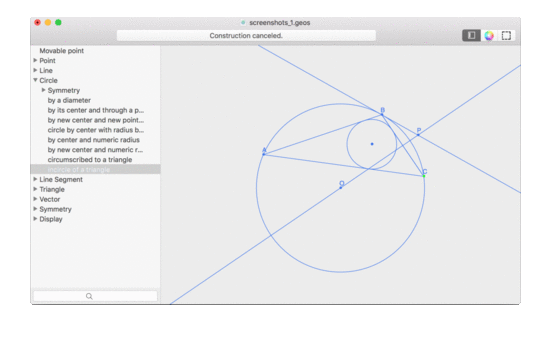

Rectilinear motion is motion along a straight line. The chapter also discusses rectilinear motion. A point at which the graph crosses its tangent is called an inflection point. concave stays on the same side of its tangent at each point the graph touches the tangent line, but does not cross it. This information is of great help in sketching curves. Where the derivative is zero, the graph is horizontal.

Where the derivative is negative, the graph slopes downward. Where the derivative is positive, the graph slopes upward. The derivative of a function is the slope of its graph at each point. This chapter discusses the applications of differentiation. These significant improvements in accuracy have made video-based analysis an even more powerful tool for the study of motion. This allowed for the determination of the onset of turbulent flow. The methods were tested in the context of the measurement of the air resistance force on a high-speed projectile. This paper presents several improvements to these corrections, as well as additional methods to increase accuracy, including: 1) improvement of the measurement of lens distortion, 2) automation of the lens distortion correction technique, 3) a simulation method to test the correction of lens distortion error, 4) creation of an algorithm to correct for angular distortion, and 5) refinement of a two camera system to correct for descaling error. In previous work, methods were developed to correct for some of these. However, analysis of video data remains susceptible to errors caused by lens distortion, angular distortion, descaling, and discretization. Recent advancements in computing technology have drastically improved the interface between computers and video equipment, thus allowing for the improvement of video-based motion analysis. Geometer's Sketchpad is not difficult to use and a simple illustration sketch can be constructed in a few minutes. They can even be constructed by the student to explore a concept. These sketches can be as simple or complex as the author wants. The sketches can be used by the teacher to illustrate a concept or by the student in a computer lab or exploration. The sketches show what happens as well as calculate relevant output parameters as the input parameters change. Finally one can construct iterative type illustrations such as the motion of a planet in an elliptical orbit.

So, one can construct an illustration of the motion of an accelerated object or of wave motion or of collisions between two objects. The user can construct a clock which allows the creation of moving objects in an illustration. The illustration will immediately show the resulting image. For example the user can create a ray diagram for a lens or mirror and then move the object or change the lens focal length. These sketches allow the user to change input parameters and instantly see output results of a physical situation.
#Geometer sketchpad mac Pc
( Get Acrobat Reader)** Sketches are compressed in Zip format - requires WinZip or similar utility.We will show the use of Geometer's Sketchpad to create and use interactive, dynamic physics illustrations that can be run on PC or Mac computers.
#Geometer sketchpad mac pdf
* Instructions are in PDF format - viewable with Adobe Acrobat Reader version 3.0 or later. Links for downloading Adobe Acrobat Reader, WinZip and Stuffit are at the bottom of this page.Į3-2DGS Exploring Line and Point ReflectionsĮ3-3DGS Exploring Rotations & Finite Symmetry GroupsĮ3-4DGS Exploring Translations & Frieze Pattern Symmetries Required files for Geometer’s Sketchpad and Cabri Geometry II in Macintosh (MC) and PC versions can be downloaded using Stuffit, WinZip or a similar utility. Directions can be viewed and printed using Adobe Acrobat Reader. Explorations labeled GS or CG give directions specific to the corresponding software, while those labeled DGS can be carried out with either software. The explorations give guided directions for exploring text topics using Geometer’s Sketchpad (GS) ( Key Curriculum Press) and Cabri Geometry II (CG) ( Leibniz) or Texas Instruments). To accompany A Course in Modern Geometries, 2nd Ed.


 0 kommentar(er)
0 kommentar(er)
